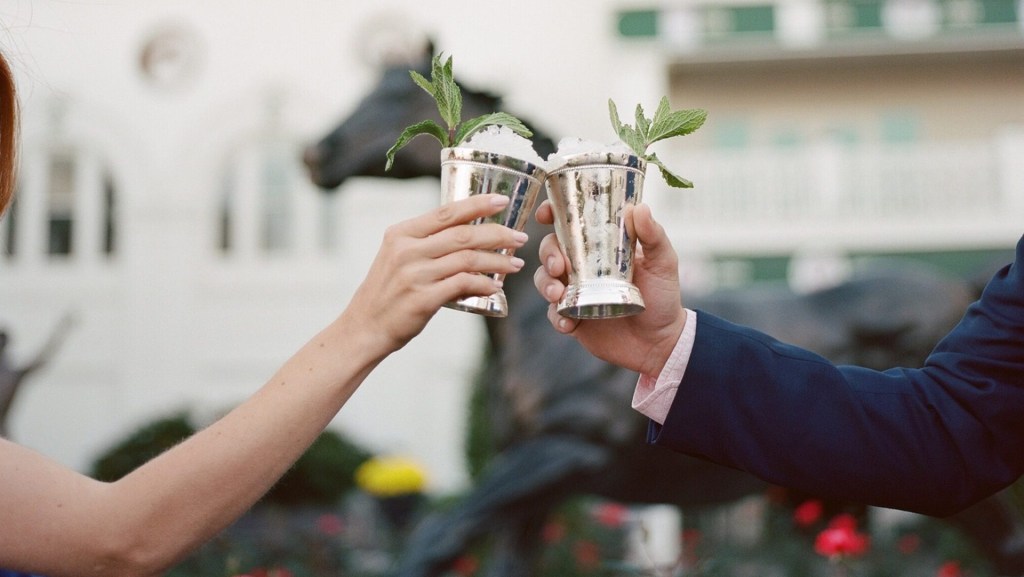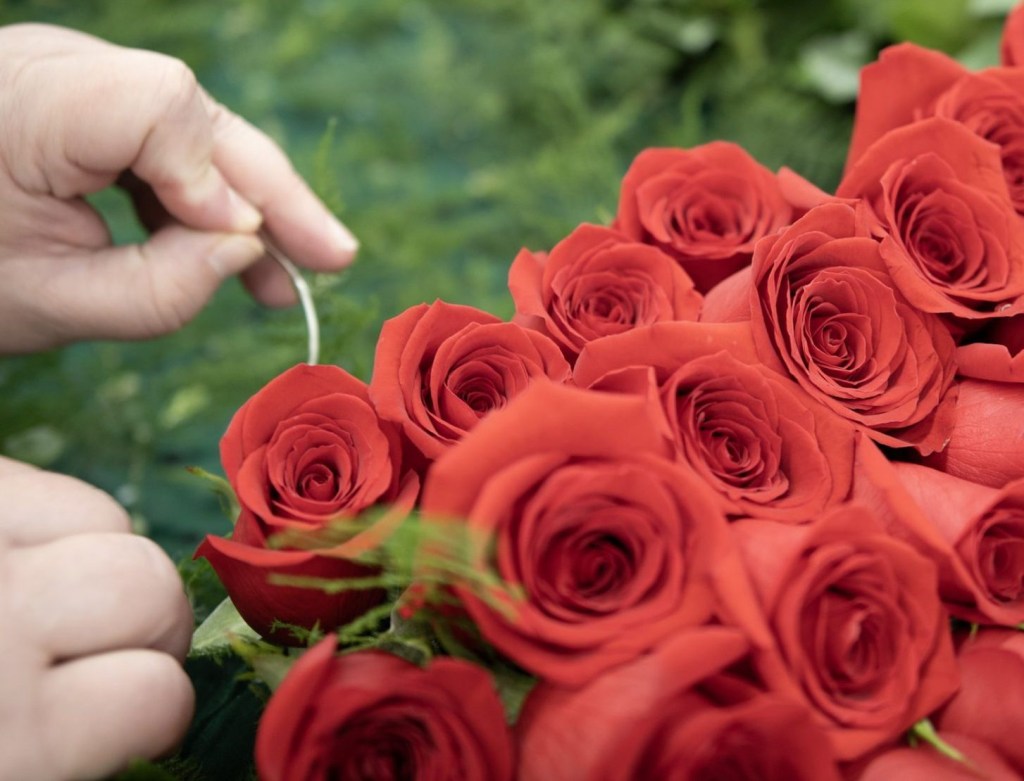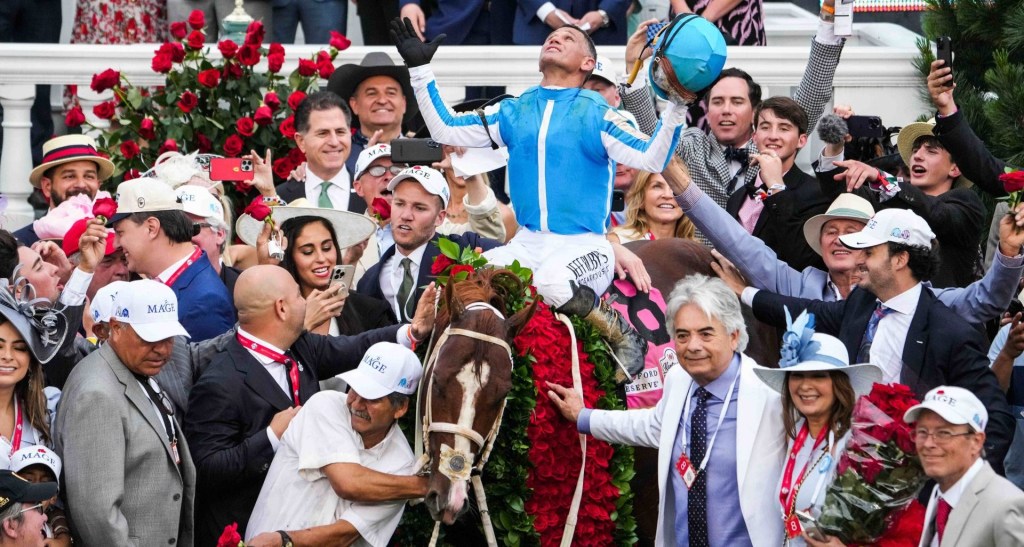In early May, the scent of fresh mint wafts throughout Louisville. It’s one of the three ingredients of the mint julep, which is as core to the Kentucky Derby as the race itself.
The event at Churchill Downs, with a purse of $5 million this year, brings more than 150,000 people to Kentucky’s largest city. It’s a near-requirement to drink the simple cocktail, which comprises bourbon, sugar, and mint as well as crushed ice to make the glass properly sweat and mellow the potent whiskey.
In a two-day span during Friday’s Kentucky Oaks and the Saturday races including the Kentucky Derby, more than 120,000 mint juleps are served at the track alone, according to Casey Ramage, VP of marketing at Churchill Downs. (Add the thousands of Derby-themed parties happening around the world, and she believes that figure can quadruple.)
About 14.3 million barrels of bourbon quietly age throughout the commonwealth to prepare for the demand. After all is said and done at the track, Churchill Downs runs through 10,000 bottles of bourbon, 2,250 pounds of mint, and 475,000 pounds of ice.
This year marks the 151st Kentucky Derby, and the mint julep has been part of the race’s history from the beginning, although it wasn’t named the official cocktail until 1939. That same year, Churchill Downs began selling the drink in a collectible souvenir glass for 75 cents. In 2025, that same drink costs $22 plus tax. Or racegoers can upgrade to the $1,000 julep in a polished-pewter cup or a $5,000 24-karat gold-plated sterling silver cup both made with Woodford Reserve bourbon; there are 100 and 51 available, respectively, and proceeds go to charity.

Woodford Reserve is owned by Louisville-based Brown-Forman, which also owns Old Forester, the official sponsor of the mint julep at Churchill Downs and the bourbon brand used for the $22 cocktails. The company’s tie with the Derby goes back decades, since Churchill Downs opened in 1875 and Old Forester was founded in 1870.
But the mint julep came into fashion well before the 1800s as a morning pick-me-up, especially since whiskey was used for medicinal purposes. Some historians even credit the drink—mentioned in The Great Gatsby—with the invention of the modern-day drinking straw, since it’s pivotal in cutting through the mound of crushed ice to get to the bourbon and sugar.
Stacey Yates, CMO of Louisville Tourism, says the julep’s charm comes from its tradition. Dozens of area bars and restaurants also come up with their own take on the cocktail, and this year, Louisville Tourism started a Mint Julep Trail to try different versions throughout the city.
“I think people are fascinated by cocktails that come with a story, and the mint julep is dripping with Southern lore,” Yates says. “It’s not just a drink; it’s a ritual. It’s got all the hallmarks of a Southern classic.”
Melissa Rift, master taster at Old Forester, believes the simplicity of the cocktail also keeps it in fashion. (The brand uses a mash bill that contains 18% rye, which is a little higher than most brands that also include at least 51% corn and malted barley.) “There’s a reason the julep has been a cocktail for centuries,” she explains. “It’s a classic combination for mixologists: spirit, sugar, and herbs. A julep is about as basic as it gets.”
Its price at the track may have climbed throughout the past near-century, but its history has made it an essential spend for racegoers and partiers. Ramage says it plainly: “The mint julep is a symbol of the Kentucky Derby experience.”





